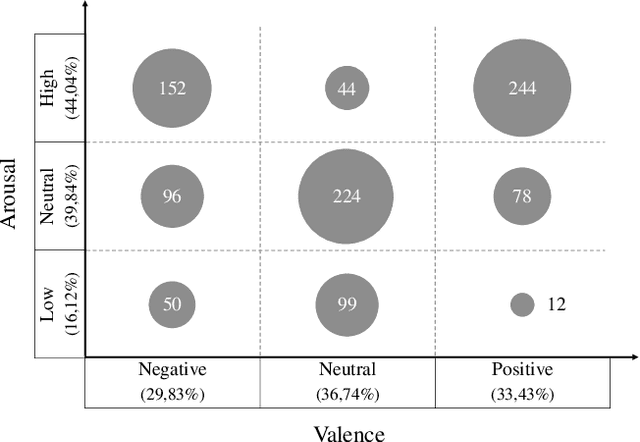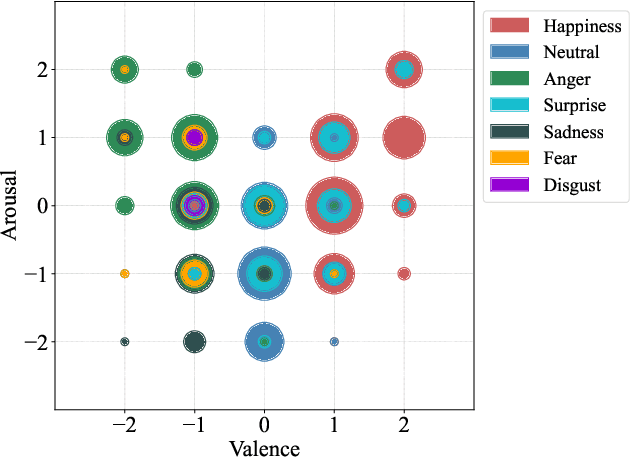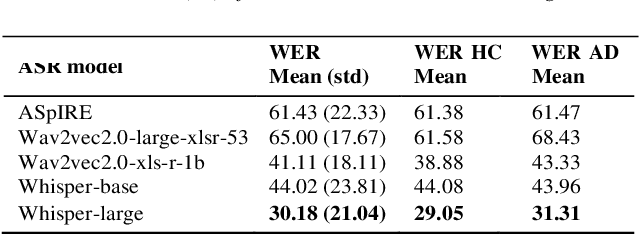Lucía Gómez-Zaragozá
Speech emotion recognition from voice messages recorded in the wild
Mar 04, 2024



Abstract:Emotion datasets used for Speech Emotion Recognition (SER) often contain acted or elicited speech, limiting their applicability in real-world scenarios. In this work, we used the Emotional Voice Messages (EMOVOME) database, including spontaneous voice messages from conversations of 100 Spanish speakers on a messaging app, labeled in continuous and discrete emotions by expert and non-expert annotators. We created speaker-independent SER models using the eGeMAPS features, transformer-based models and their combination. We compared the results with reference databases and analyzed the influence of annotators and gender fairness. The pre-trained Unispeech-L model and its combination with eGeMAPS achieved the highest results, with 61.64% and 55.57% Unweighted Accuracy (UA) for 3-class valence and arousal prediction respectively, a 10% improvement over baseline models. For the emotion categories, 42.58% UA was obtained. EMOVOME performed lower than the acted RAVDESS database. The elicited IEMOCAP database also outperformed EMOVOME in the prediction of emotion categories, while similar results were obtained in valence and arousal. Additionally, EMOVOME outcomes varied with annotator labels, showing superior results and better fairness when combining expert and non-expert annotations. This study significantly contributes to the evaluation of SER models in real-life situations, advancing in the development of applications for analyzing spontaneous voice messages.
Alzheimer Disease Classification through ASR-based Transcriptions: Exploring the Impact of Punctuation and Pauses
Jun 06, 2023

Abstract:Alzheimer's Disease (AD) is the world's leading neurodegenerative disease, which often results in communication difficulties. Analysing speech can serve as a diagnostic tool for identifying the condition. The recent ADReSS challenge provided a dataset for AD classification and highlighted the utility of manual transcriptions. In this study, we used the new state-of-the-art Automatic Speech Recognition (ASR) model Whisper to obtain the transcriptions, which also include automatic punctuation. The classification models achieved test accuracy scores of 0.854 and 0.833 combining the pretrained FastText word embeddings and recurrent neural networks on manual and ASR transcripts respectively. Additionally, we explored the influence of including pause information and punctuation in the transcriptions. We found that punctuation only yielded minor improvements in some cases, whereas pause encoding aided AD classification for both manual and ASR transcriptions across all approaches investigated.
 Add to Chrome
Add to Chrome Add to Firefox
Add to Firefox Add to Edge
Add to Edge